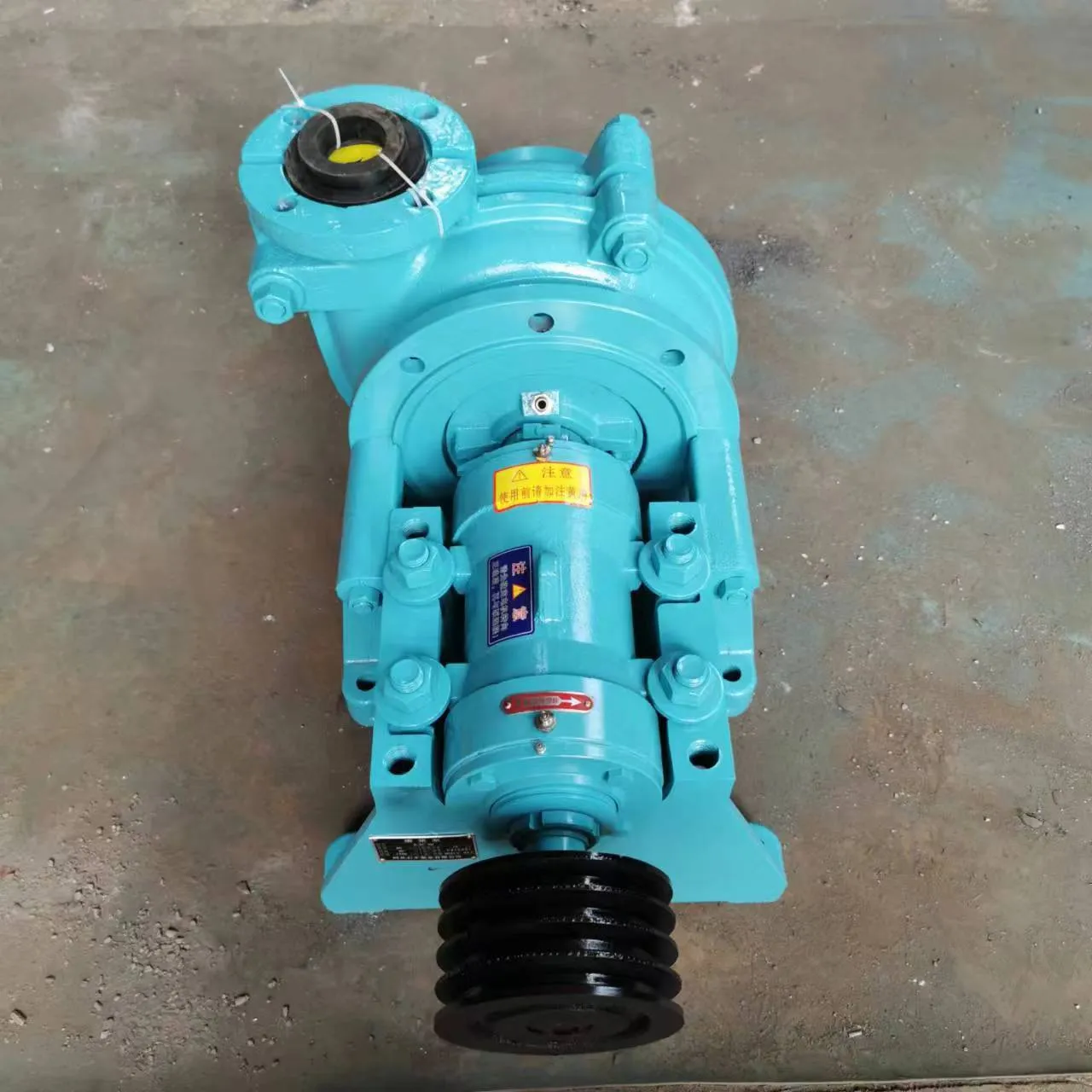Turkish
- Afrikaans
- Albanian
- Amharic
- Arabic
- Armenian
- Azerbaijani
- Basque
- Belarusian
- Bengali
- Bosnian
- Bulgarian
- Catalan
- Cebuano
- Corsican
- Croatian
- Czech
- Danish
- Dutch
- English
- Esperanto
- Estonian
- Finnish
- French
- Frisian
- Galician
- Georgian
- German
- Greek
- Gujarati
- Haitian Creole
- hausa
- hawaiian
- Hebrew
- Hindi
- Miao
- Hungarian
- Icelandic
- igbo
- Indonesian
- irish
- Italian
- Japanese
- Javanese
- Kannada
- kazakh
- Khmer
- Rwandese
- Korean
- Kurdish
- Kyrgyz
- Lao
- Latin
- Latvian
- Lithuanian
- Luxembourgish
- Macedonian
- Malgashi
- Malay
- Malayalam
- Maltese
- Maori
- Marathi
- Mongolian
- Myanmar
- Nepali
- Norwegian
- Norwegian
- Occitan
- Pashto
- Persian
- Polish
- Portuguese
- Punjabi
- Romanian
- Russian
- Samoan
- Scottish Gaelic
- Serbian
- Sesotho
- Shona
- Sindhi
- Sinhala
- Slovak
- Slovenian
- Somali
- Spanish
- Sundanese
- Swahili
- Swedish
- Tagalog
- Tajik
- Tamil
- Tatar
- Telugu
- Thai
- Turkish
- Turkmen
- Ukrainian
- Urdu
- Uighur
- Uzbek
- Vietnamese
- Welsh
- Bantu
- Yiddish
- Yoruba
- Zulu
Telephone: +86 13120555503
Email: frank@cypump.com
Eki . 13, 2024 22:36 Back to list
sweage pump
Understanding Sewage Pumps Essential Components for Wastewater Management
Sewage pumps play a crucial role in the effective management of wastewater, making them an essential component in residential, commercial, and municipal settings. These pumps are specifically designed to handle and transport sewage and wastewater, ensuring that it moves efficiently from one point to another, typically from a lower elevation to a higher elevation or to a treatment facility.
What are Sewage Pumps?
Sewage pumps are submersible or vertical units equipped with powerful motors that can handle solid waste and wastewater. Unlike standard sump pumps, which are designed primarily for water, sewage pumps can manage both liquids and solids. This makes them ideal for applications where wastewater contains harmful materials such as hair, grease, and other organic matter. Their robust design and powerful performance allow them to effectively handle the challenging conditions often found in sewage applications.
Types of Sewage Pumps
There are primarily two types of sewage pumps submersible pumps and effluent pumps.
1. Submersible Sewage Pumps These pumps are designed to be submerged in wastewater. They are ideal for pumping sewage from basements or lower areas (like a septic tank or a sewer basin). Submersible pumps are typically more powerful and can handle larger solids, making them suitable for handling raw sewage.
sweage pump

2. Effluent Pumps These are used to transport wastewater that has already undergone some level of treatment. They are less powerful than submersible sewage pumps and are typically used for moving greywater (wastewater from sinks, showers, and washing machines) to a treatment facility or drainage field.
Applications of Sewage Pumps
Sewage pumps are widely used in various applications. In residential settings, they can be essential for basements or homes situated below the level of the main sewer line, helping to mitigate flooding and waste build-up. In commercial properties, sewage pumps are often found in restrooms, kitchens, and other areas where waste is generated. Municipalities utilize larger sewage pump stations to transport wastewater from homes and businesses to treatment facilities, ensuring public health and environmental safety.
Maintenance Considerations
To ensure the longevity and optimal performance of sewage pumps, regular maintenance is crucial. This includes routine inspections, cleaning of debris from the pump and surrounding areas, checking for signs of wear or corrosion, and testing the pump’s operation. Owners should also be cautious about what is flushed or drained into the system—avoid disposing of non-biodegradable items or chemicals that can damage the pump.
Conclusion
In summary, sewage pumps are vital instruments in our wastewater management systems. They keep our living and working environments healthy by ensuring that waste is transported efficiently and safely to treatment facilities. Understanding the types, functions, and maintenance requirements of sewage pumps can lead to better management practices, ultimately contributing to environmental protection and public health. Whether in a residential setting or a larger municipal system, these pumps play an indispensable role in modern sanitation infrastructure. Proper care and attention to sewage pumps can ensure they operate efficiently and effectively for years to come.
-
High-Performance Air Pumps for Sand & Gravel | Efficient Transport
NewsAug.03,2025
-
ISG Series Vertical Pipeline Pump - Chi Yuan Pumps Co., LTD.|Energy Efficiency, Corrosion Resistance
NewsAug.03,2025
-
ISG Series Pipeline Pump - Chi Yuan Pumps | Energy Efficiency&Compact Design
NewsAug.03,2025
-
ISG Series Vertical Pipeline Pump - Chi Yuan Pumps Co., LTD.|High Efficiency, Low Noise, Durable
NewsAug.02,2025
-
ISG Series Vertical Pipeline Pump - Chi Yuan Pumps | High Efficiency, Low Noise
NewsAug.02,2025
-
ISG Series Vertical Pipeline Pump- Chi Yuan Pumps Co., LTD.|High Efficiency&Compact Design
NewsAug.02,2025










